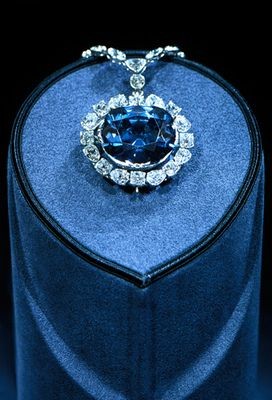Mermaids: Unraveling the Mystery of the Ocean's Enchanting Legends
Have you ever wondered what secrets lurk beneath the waves? For centuries, tales of mermaids have captivated our imagination, blurring the lines between myth and reality. These enigmatic creatures, with the upper body of a woman and the tail of a fish, have become an integral part of our cultural tapestry. But where did these legends come from, and why do they continue to enchant us? Let's dive into the mysterious world of mermaids and unravel the truth behind these ocean legends.
The Origins of Mermaid Legends
Ancient Beginnings
The mermaid myth stretches back to ancient times, with the earliest recorded mermaid being the Semitic moon-goddess Atargatis. This ancient deity set the stage for countless mermaid tales to follow. But could our fascination with these aquatic beings be even older? Some researchers suggest that magical female figures in Paleolithic cave paintings might be early mermaid representations. Is it possible that mermaids have been swimming through our collective imagination for tens of thousands of years?
Greek and Roman Mythology
Classical mythology introduced us to sirens, often conflated with mermaids. These alluring beings were said to lure sailors to their doom with enchanting songs. Homer's "The Odyssey" cemented their place in Western literature, while Roman authors like Ovid further blurred the lines between sirens and mermaids. But were these creatures truly malevolent, or simply misunderstood?
Mermaids Across Cultures
European Folklore
European folklore paints mermaids as magical and prophetic beings. The image of a mermaid combing her long hair while holding a mirror has become iconic. But what's the significance behind this portrayal? Could it symbolize the dual nature of mermaids – both alluring and dangerous?
Asian and Pacific Traditions
Mermaid legends aren't confined to Western shores. In the Philippines, mermaids were known as "anthropomorphus" or "woman-fish." These creatures appeared in woodcuts and etchings, proving that the concept of human-fish hybrids transcends cultural boundaries. But why do so many maritime cultures share similar legends?
Australian Aboriginal Mythology
Even in the land down under, mermaid-like creatures play a significant role. The Australian Aboriginal "yawkyawks" are often associated with water and fertility. This widespread belief in aquatic humanoids raises an intriguing question: Could there be some truth behind these legends?
The Evolution of Mermaid Mythology
Mermaid mythology has transformed over time, evolving from pagan water deities to symbols of temptation in Christian teachings, and finally to subjects of scientific skepticism. But despite this evolution, mermaids have never lost their hold on our imagination. Why do these creatures continue to fascinate us in the age of science and reason?
Famous Mermaid Tales
Alexander the Great's Sister
One of the most captivating mermaid legends involves Alexander the Great's sister, Thessalonike. According to Greek folklore, she transformed into a mermaid after death, asking sailors a single, fateful question. This tale highlights the often capricious nature attributed to mermaids. But what does it reveal about our perception of these mythical beings?
Mermaid-Human Relationships
Folktales often feature romantic relationships between mermaids and humans, usually bound by strict conditions. The fragility of these unions underscores the perceived divide between the human and mermaid worlds. But could these stories be metaphors for the complex relationship between humans and the sea?
The Science Behind the Myth
Manatees and Dugongs
Many historians and scientists believe that mermaid sightings may have been inspired by real aquatic mammals, particularly manatees and dugongs. When observed from a distance or in poor visibility, could these gentle sea creatures be mistaken for human-like figures? Historical accounts describe mermaid specimens that were likely misidentified manatees or dugongs. But does this explanation fully account for the rich tapestry of mermaid legends?
Fake Specimens and Hoaxes
Throughout history, fake mermaid specimens have been displayed in freak shows and exhibitions. These hoaxes capitalized on the public's fascination with mermaids and mysterious sea creatures. But why are we so willing to believe in these aquatic humanoids, even in the face of scientific evidence?
Modern Interpretations and Sightings
Despite the lack of scientific evidence, mermaids continue to capture our imagination. From Hans Christian Andersen's "The Little Mermaid" to modern fantasy series, these mythical beings remain a beloved subject in storytelling. Occasionally, reports of mermaid sightings still emerge, though they're met with skepticism by the scientific community. What drives this persistent belief in mermaids?
The enduring appeal of mermaid legends speaks to humanity's deep connection with the ocean and our fascination with the unknown. These mythical beings have evolved from ancient deities to pop culture icons, reflecting our changing relationship with the sea. While science may have dispelled the notion of real mermaids, their cultural significance remains undiminished.
As we continue to explore our vast oceans, the legend of the mermaid reminds us of the wonder and magic that still exists in our world. These enchanting creatures encourage us to look beyond the surface and dream of what might be hidden in the deep blue sea. So, the next time you gaze out at the ocean, ask yourself: What mysteries might be lurking just beneath the waves?












No comments: